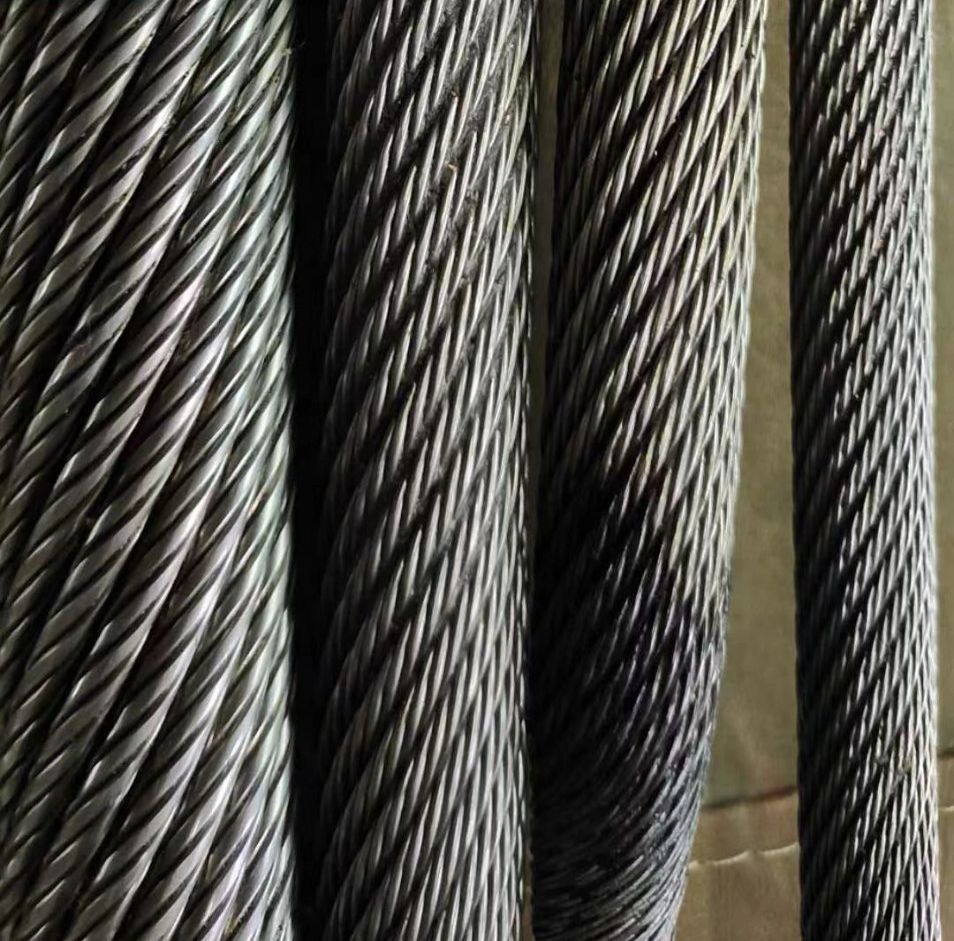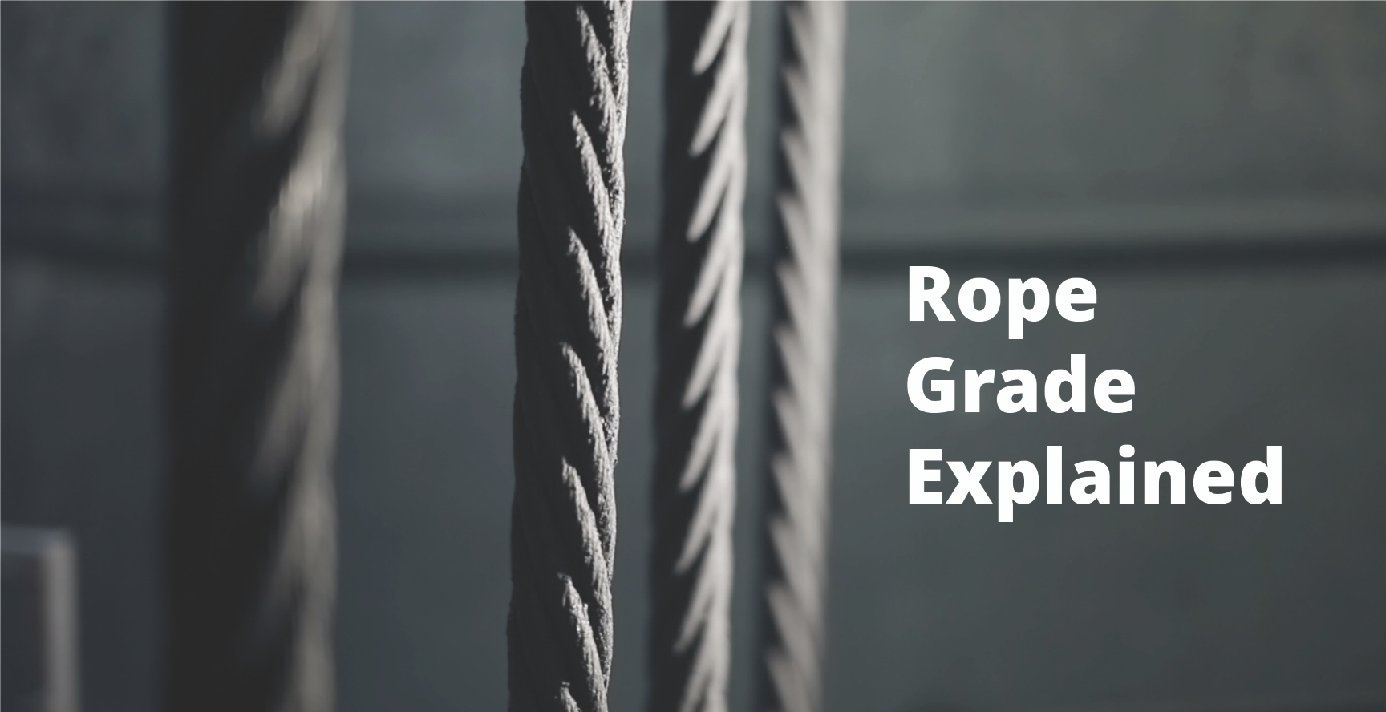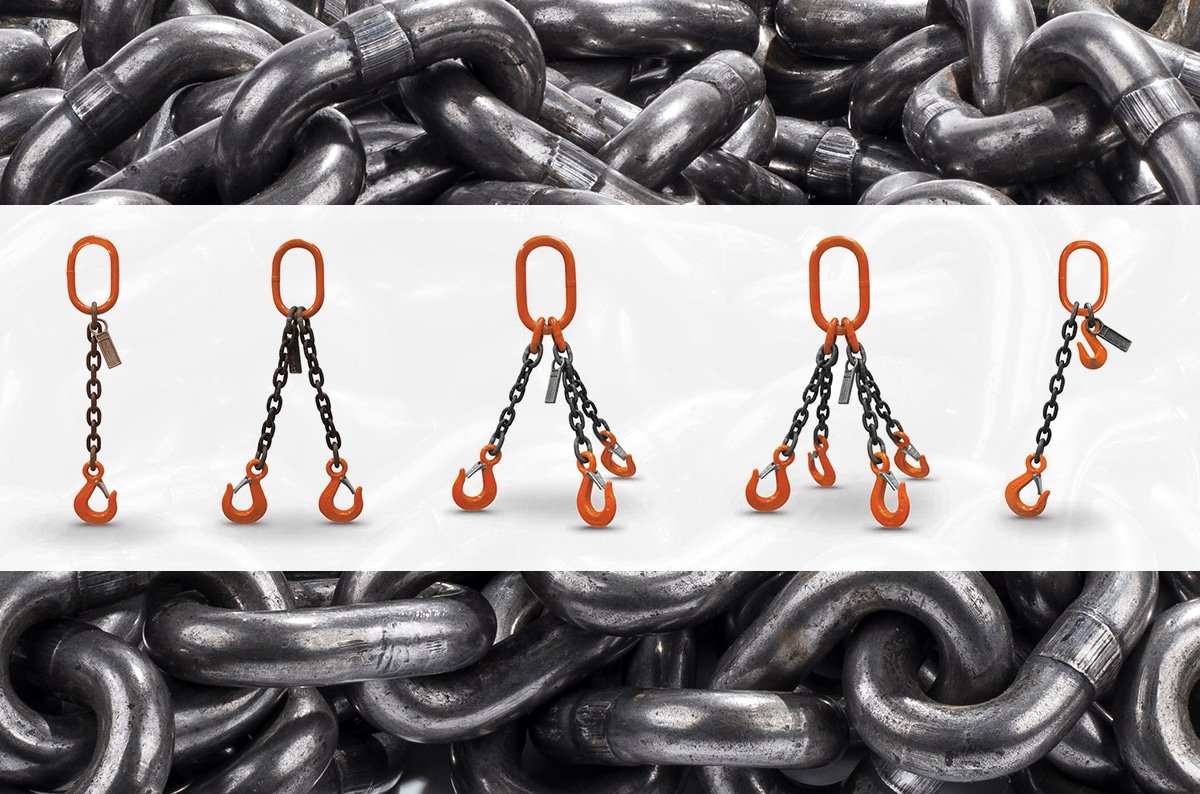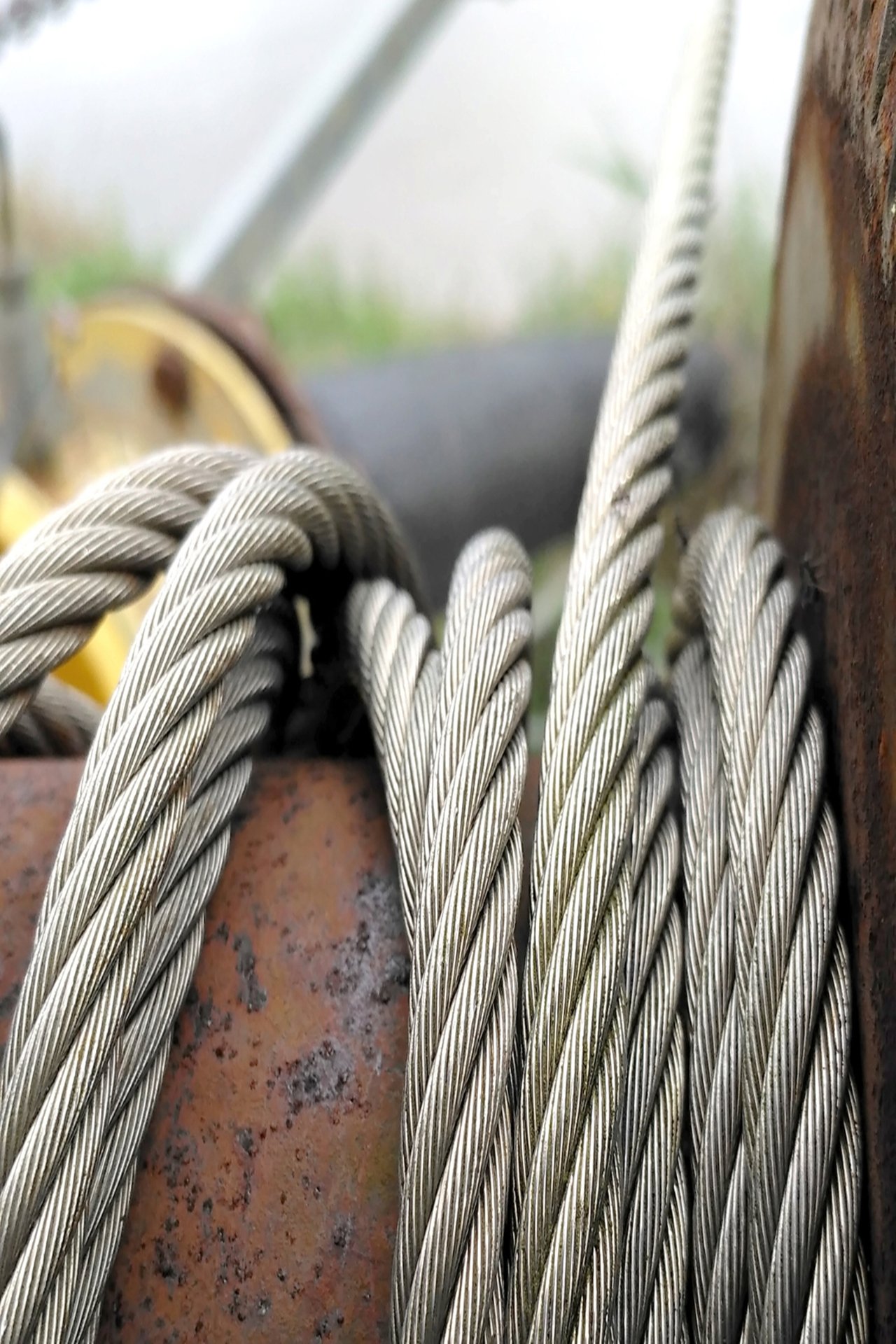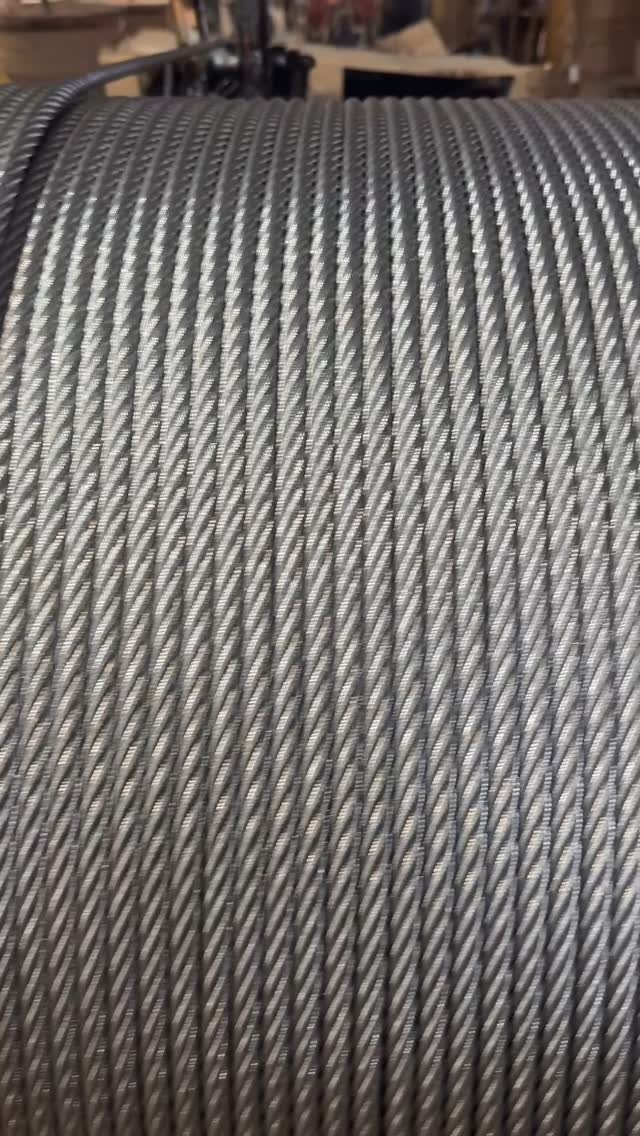For heavy-duty hoisting, selecting the right wire rope is crucial to ensure safety, durability, and efficiency. Below are the most commonly used wire ropes for such applications:
1. Rotation-Resistant Wire Rope (Non-Rotating Wire Rope)
These ropes are designed to prevent load rotation, making them ideal for single-line or multi-line lifting operations.
(1) 35WXK7 (High-Performance Rotation-Resistant Wire Rope)
- Structure: 35 outer strands with an independent wire rope core (IWRC)
- Features:
- High tensile strength, suitable for heavy loads.
- Excellent rotation resistance, preventing hook rotation under load.
- Good flexibility, making it easy to pass through pulleys.
- Applications: Tower cranes, port cranes, offshore platform cranes, and large mobile cranes.
(2) 18X7 / 19X7 (Medium Rotation-Resistant Wire Rope)
- Structure: 18 or 19 outer strands with a 7-strand steel core.
- Features:
- Moderate rotation resistance, suitable for multi-line lifting systems.
- Good crush resistance, suitable for drum winding.
- Applications: Bridge cranes, offshore cranes, and construction hoists.
(3) 24X7 (Flexible Rotation-Resistant Wire Rope)
- Structure: 24 outer strands with a 7-strand core.
- Features:
- Suitable for high-lift operations, minimizing torsional deformation.
- High flexibility, making it ideal for multi-sheave systems.
- Applications: Shipboard cranes, large port cranes, high-rise tower cranes.
2. High-Strength Wire Rope (Compacted & Plastic-Coated Rope)
For heavy-duty hoisting applications, compacted or plastic-coated ropes enhance durability and wear resistance.
(4) 8XK26WS-EPIWRC (Plastic-Coated Wire Rope)
- Structure: 8 strands × 26 wires + EPIWRC (Plastic-Coated Independent Wire Rope Core).
- Features:
- Plastic coating improves wear resistance and prevents core wire loosening.
- Ideal for harsh environments, such as marine and port lifting.
- High breaking load, ensuring greater safety.
- Applications: Ship cranes, deep-sea drilling platforms, offshore wind farm installations.
3. Standard Hoist Wire Rope
For general heavy lifting, standard wire ropes are widely used in various cranes.
(5) 6X36WS-IWRC (Durable Hoist Wire Rope)
- Structure: 6 strands × 36 wires with an independent wire rope core (IWRC).
- Features:
- High abrasion resistance, suitable for frequent lifting.
- Excellent bending fatigue resistance, ideal for drum winding.
- Applications: Bridge cranes, construction site hoists, port lifting equipment.
Key Factors for Wire Rope Selection
- Load Capacity:
- For ultra-heavy lifting (above 50 tons): 35WXK7 or 8XK26WS-EPIWRC.
- For medium loads (10-50 tons): 18X7, 19X7, or 6X36WS-IWRC.
- For standard lifting (below 10 tons): 6X36WS-IWRC.
- Working Environment:
- Marine or corrosive environments: Use galvanized or plastic-coated ropes (EPIWRC), such as 8XK26WS-EPIWRC.
- High-altitude lifting or long-distance hoisting: Use high-performance rotation-resistant ropes (35WXK7).
- Frequent heavy-duty operations: Opt for compacted ropes, which have higher durability.
- Crane Type:
- Tower cranes/construction hoists → 35WXK7.
- Mobile cranes/truck cranes → 18X7, 19X7.
- Ship cranes/port cranes → 8XK26WS-EPIWRC.
Conclusion
- If your application involves ultra-heavy high-altitude lifting, choose 35WXK7.
- If corrosion resistance and durability are key, select 8XK26WS-EPIWRC.
- For general hoisting, 6X36WS-IWRC is a reliable option.
Would you like a specific recommendation based on your crane type or working conditions?

